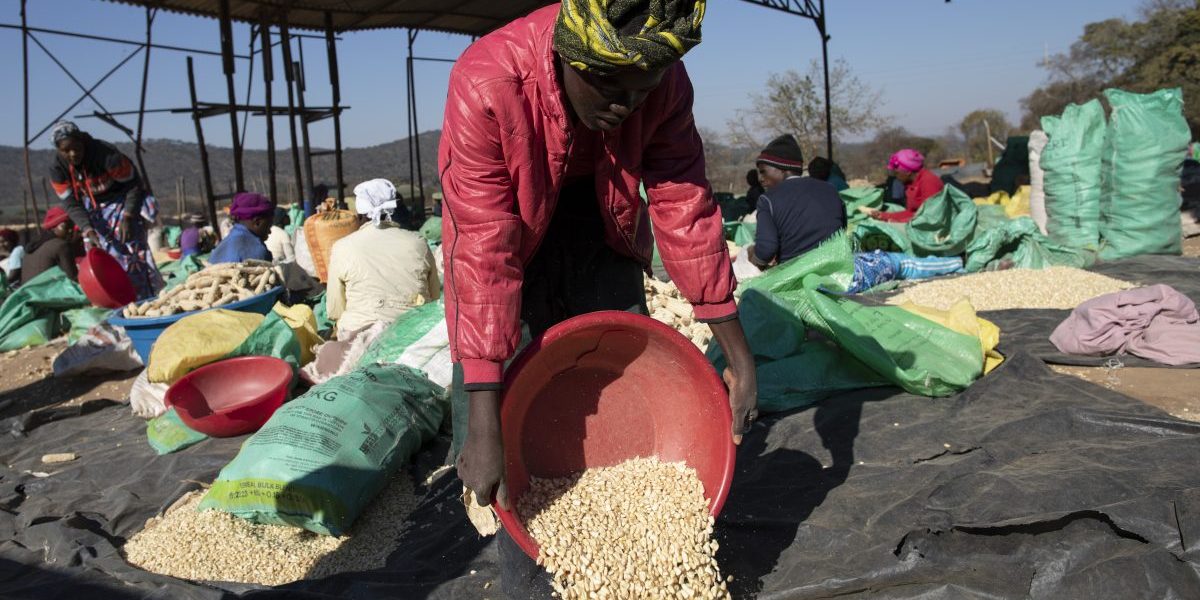Methodology
A case study approach was used focusing on SADC and using both qualitative and quantitative analysis.
Research Objective
The main objective of this report is to highlight the key issues in the maize value chain related to its production, trade and utilization in the region as an input into the Southern African Trade Hub’s (SATH) implementation strategy. Also this report looks at the end markets and utilization of maize, the status of, and issues in, production and processing and the trade of maize to present the value chain from a regional perspective.
Synopsis
The main findings are:
- Promoting the development of the maize value chain in the region will need more consistent and coherent policy approaches across the region.
- It is important to understand the dynamics within the maize industry in order for a proper analysis of the value chains to be made.
- There are various advantages and disadvantages of growing maize in the region.
- There are also a number of strengths, weaknesses, opportunities and threats of maize production in SADC.
- The main function of the maize value chain start with input supply, moving onto production, harvesting, post-harvest handling, storage, marketing, processing and consumption.
- The horizontal or vertical relationships between different actors within the value chain and the governance structures that manage the relationships are critical to developing efficient channels to get products grown and marketed.
- There are different actors for each function and they differ greatly across the countries especially when comparing SA and the rest of SADC.
- Private trade and investment develops more slowly and more tentatively in countries where governments policy is unpredictable
Policy Recommendations
Recommended activities to drive formalization fall into three major categories:
Development of warehouse and storage networks
- Facilitate the establishment of warehouse networks across the key maize producing countries of Zambia, Malawi and Mozambique.
- Assist implementation of a warehouse receipt system in those same three countries which will increase demand for warehouse storage, increase the liquidity of the farmers and build the basis for price risk management services.
- Facilitate improvements in grain transportation and handling – especially bulk – in the SADC region.
- Encourage investment in commercial production, storage, transport and services.
- Develop partnerships with both South African and U.S. firms, industry associations and government agencies involved in the maize value chain to help them extend trade, investment and other services into SADC.
Improved access to production, marketing, and trade finance
- Develop better information on opportunities in maize value chain investment.
- Inventory/analysis of grain storage options in SADC. Organize buyer/seller missions and participation at major trade shows (e.g. NAMPO) that will bring greater access to markets, technology and finance for producers.
- Improve market price information services, and more price transparency, through support of commodity exchanges with a regional focus.
- Promote development of yellow maize as commercial cash crop as a feedstock into animal feed.
Policy Advocacy
- Work with both farmer groups and the Agricultural Business Council of South Africa to mobilize SADC-wide stakeholder support of policy measures to support trade and investment in maize production and marketing.
- Encourage adoption of conventional and genetically modified (GM) certified maize seed.
- Continued work on the cross border transport constraints that increase the cost of inputs and services into the region.

